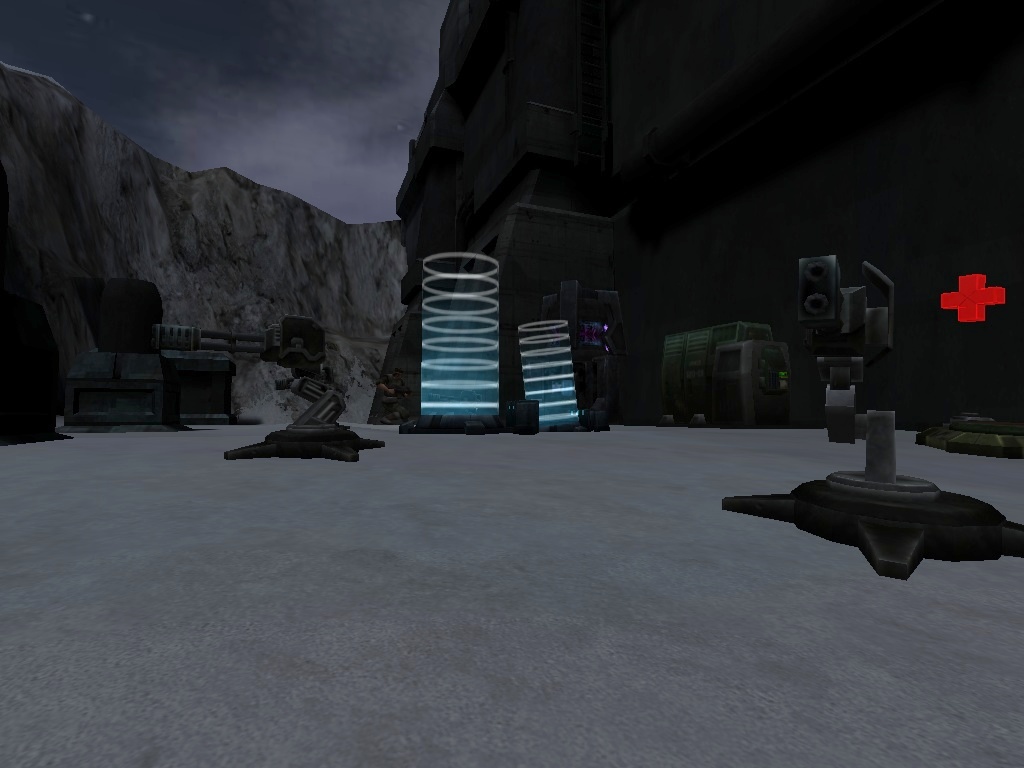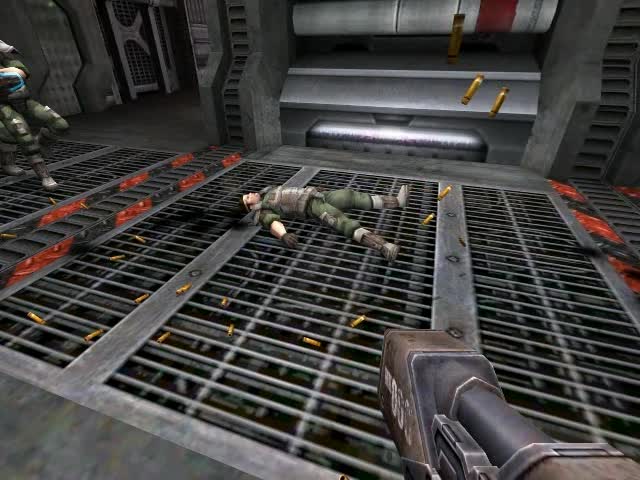

The outcome measures were assessed at baseline, at 4 months (primary endpoint) and 4 weeks after the last treatment (end of study). 3 In suitable patients, an electroencephalography was added to support FMD (eg, bereitschaftspotential). All patients underwent electrophysiological examination (polymyography) to support FMD and to select muscles for BoNT treatment. Explanation of the study including efficacy and the most common adverse events of BoNT were given ( online appendix 2). 13 After 3 months, all patients subsequently received treatment with BoNT in an open-label extension phase, resulting in a maximum of 4 open-label injections.Īt baseline, patients underwent a standardised neurological examination, video recording with a standardised protocol ( online appendix 4), and demographic characteristics were gathered. 12 Similar to an RCT in writer’s cramp, the dosage was doubled at the second treatment according to the degree of response. The dosages of BoNT were based on the volume of the muscle(s) injected. Injections were given under simultaneous electromyogram recordings into selected muscles using a hollow, Teflon-coated, 27-gauge needle.ĭuring the RCT, all patients were treated twice with either BoNT or placebo at baseline and 3 months thereafter.

Placebo consisted of an equivalent volume of 0.9% sterile saline. Freeze-dried BoNT-A (Dysport, Ipsen BV, Hoofddorp, the Netherlands) was diluted to 20 units (IU) per 0.1 mL of 0.9% sterile saline and aspirated in 1 mL syringes. Treatment consisted of either intramuscular injections with BoNT type A (BoNT-A) or placebo.
TREMULOUS BUILDING TRIAL
To study the long-term effects of BoNT, a subsequent open-label extension study was conducted following the randomised trial phase. Based on the literature, and our own experience in patients with jerky and tremulous FMD, we hypothesised that BoNT treatment enables restoring the abnormal movement pattern and therefore will be more effective than placebo. 11 This has stressed the importance of conducting a controlled clinical trial to disentangle response to an active agent vs placebo. 9 Case reports in FMD have reported promising effects of BoNT treatment, 6 10 especially in functional dystonia in which large placebo-effects have also been described.


7 8 The mechanism of action of BoNT is more extensive than blocking muscle activity alone in dystonia for instance there is supporting evidence that BoNT induces plastic changes in the brain. 5 6 Botulinum neurotoxin (BoNT) has emerged as a useful therapy for several movement disorders associated with muscle overactivity, including dystonia, and tics. 2–4 Among FMD, jerks and tremor are frequently seen and have a relatively poor outcome at long-term follow-up (3–7 years). 1 2 The diagnosis is based on positive clinical symptoms, supported by neurophysiological tests. In movement disorder clinics functional movement disorders (FMD) account for up to 25% of patients seen. Despite the fact that functional neurological symptoms (FNS) comprise a third of the patient population of a neurologist, and disease and financial burden on the healthcare system is large, research on optimal treatment in this field has been very limited.


 0 kommentar(er)
0 kommentar(er)
